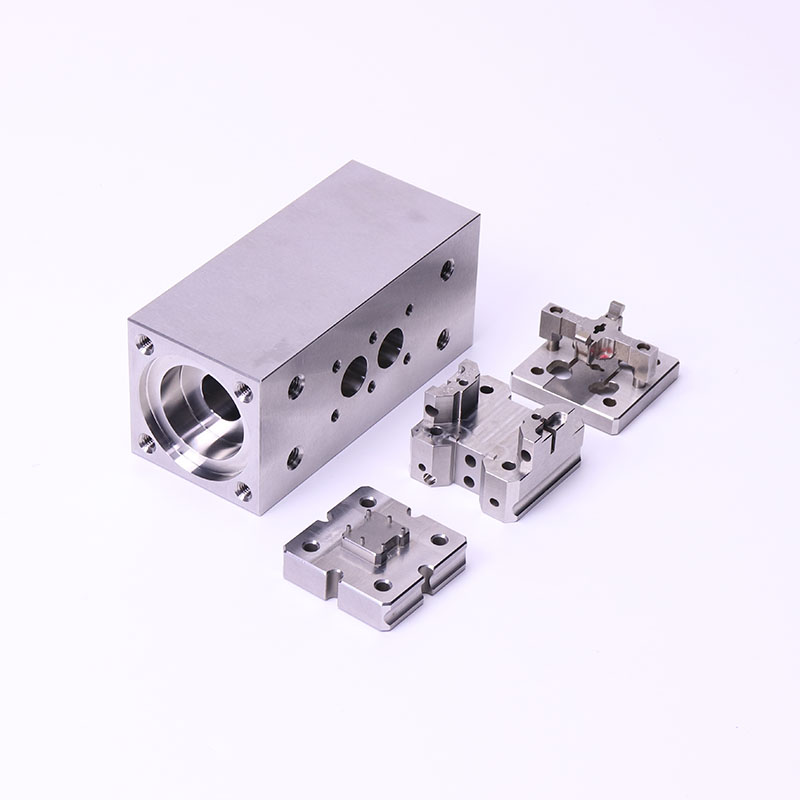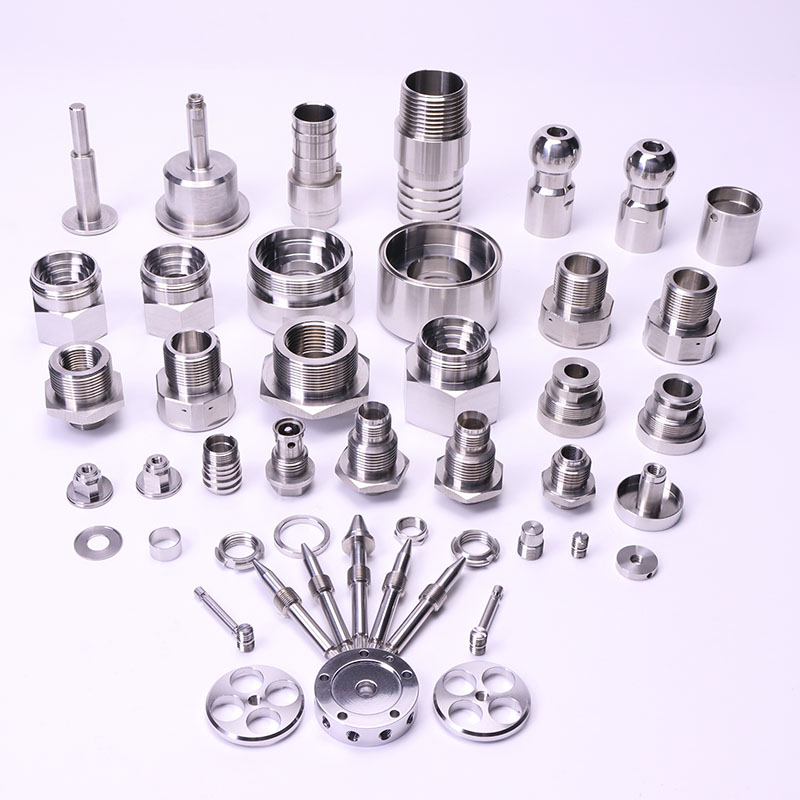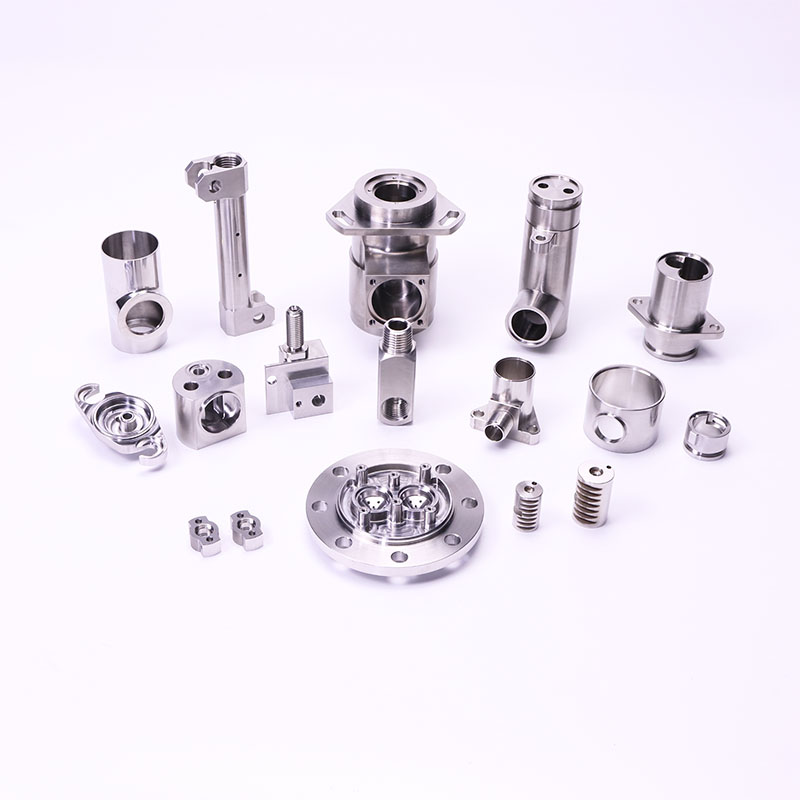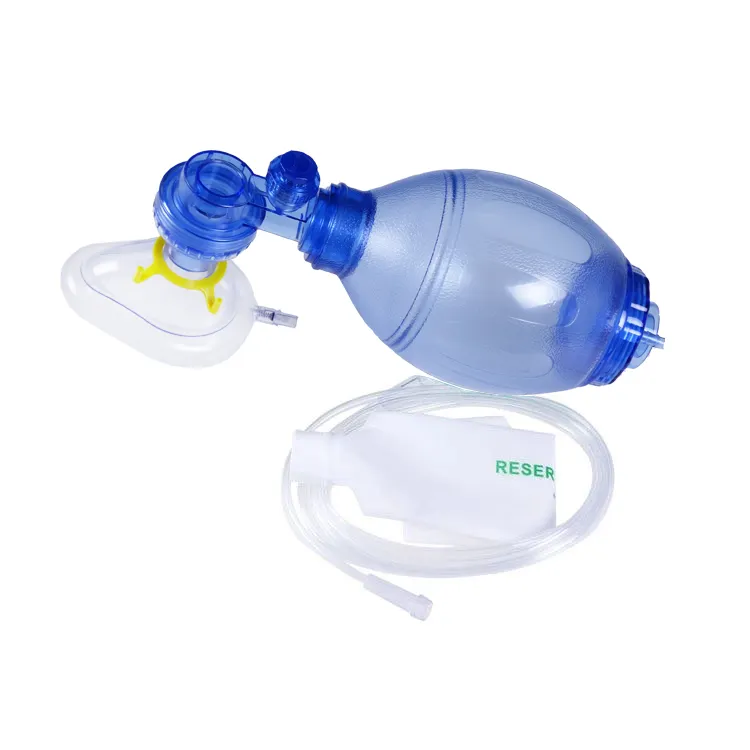Abstract:
The near α titanium alloys, widely used in the aerospace industry, are known for their excellent strength-to-weight ratio and corrosion resistance. However, the formation of coarse grains, particularly clear crystals in forgings, can significantly impact mechanical properties. This article explores how heat treatment processes influence the microstructure of near α titanium alloy forgings, referencing recent studies on TA15 titanium alloy. By understanding the relationships between temperature, deformation, and microstructural transformations, we can optimize the production process to reduce defects and improve performance.
1. Introduction
Heat treatment processes are critical in controlling the microstructure of titanium alloys, particularly near α alloys, which are commonly used in aviation forgings. These processes can significantly impact grain size, phase composition, and the presence of defects like clear crystals, which are associated with coarse grains that reduce the material's mechanical properties.
In this article, we delve into the significance of heat treatment on near α titanium alloys, using the case of TA15 alloy forgings as a reference. The study on the formation of clear crystals during thermomechanical processing highlights the sensitivity of these materials to variations in temperature and deformation rates.
2. The Importance of Heat Treatment in Titanium Alloy Forgings
Heat treatment is vital in transforming the microstructure of titanium alloys. Near α alloys, such as TA15, are subject to dynamic phase transformations during thermal processing. These transformations, specifically the transition from α to β phases, are directly influenced by temperature and deformation conditions.
2.1 Effects of Temperature on Grain Size
During heat treatment, the temperature has a profound effect on the grain size of the alloy. As shown in studies on TA15, when the deformation temperature exceeds 970°C, β grains grow significantly, leading to the formation of coarse clear crystals. These crystals are undesirable as they reduce the mechanical strength of the forgings. The formation of such structures highlights the need for precise control of the thermal environment during forging.
2.2 Deformation Rates and Their Impact
Deformation rates also play a critical role in microstructural changes. Slower deformation rates allow more time for β grains to grow, exacerbating the formation of clear crystals. At high temperatures, this process is accelerated, leading to coarse grains, which further weakens the material's properties.
2.3 Microstructural Optimization Through Controlled Cooling
One effective strategy to control grain growth is through controlled cooling processes. Quenching immediately after deformation can arrest grain growth, ensuring a finer microstructure that enhances the material's performance. By carefully managing the cooling rate, manufacturers can prevent the formation of defects associated with excessive grain growth.
3. Industry Case Studies: Aerospace Applications
The aviation industry has long relied on near α titanium alloys for critical structural components. An example is the use of TA15 alloy in aircraft landing gears. In this case, improper heat treatment led to the formation of coarse grains in forgings, which weakened the overall mechanical properties. By adjusting the heat treatment parameters—specifically lowering the deformation temperature and controlling the cooling rate—the defect rate was significantly reduced, resulting in improved performance.
3.1 European Aerospace Innovations
In Europe, the adoption of advanced heat treatment methods in titanium alloy production has revolutionized the industry. Companies have reported a 15% reduction in defect rates and a 20% improvement in material strength, all thanks to the careful optimization of heat treatment processes.
3.2 Chinese Aerospace Achievements
Similarly, in China, the aerospace industry has seen substantial improvements by refining heat treatment techniques for TA15 alloy. Research showed that when the alloy was processed at optimized temperatures and deformation rates, the occurrence of clear crystals was nearly eliminated, thus extending the fatigue life of critical components by 30%.
4. Data and Visual Insights
The following table provides a comparison of grain size in TA15 titanium alloy forgings under different heat treatment conditions, highlighting the clear impact of temperature and deformation rates.
| Condition | Temperature (°C) | Deformation Rate (s^-1) | Average Grain Size (μm) |
|---|---|---|---|
| Low Temp, Fast Rate | 940 | 1.0 | 32 |
| High Temp, Slow Rate | 970 | 0.001 | 384 |
| Optimized Cooling | 960 | 0.1 | 51 |
Table 1: Grain Size Variation in TA15 Alloy Under Different Heat Treatment Conditions
5. Conclusion
Heat treatment processes are indispensable for controlling the microstructure and ensuring the mechanical integrity of near α titanium alloy forgings. This article has demonstrated how temperature, deformation rates, and cooling methods influence the formation of clear crystals and other microstructural characteristics. By optimizing these parameters, manufacturers can significantly reduce defects and improve the overall performance of titanium alloy components, particularly in the aerospace industry. Future advancements in heat treatment technology will continue to enhance the capabilities of these critical materials.










